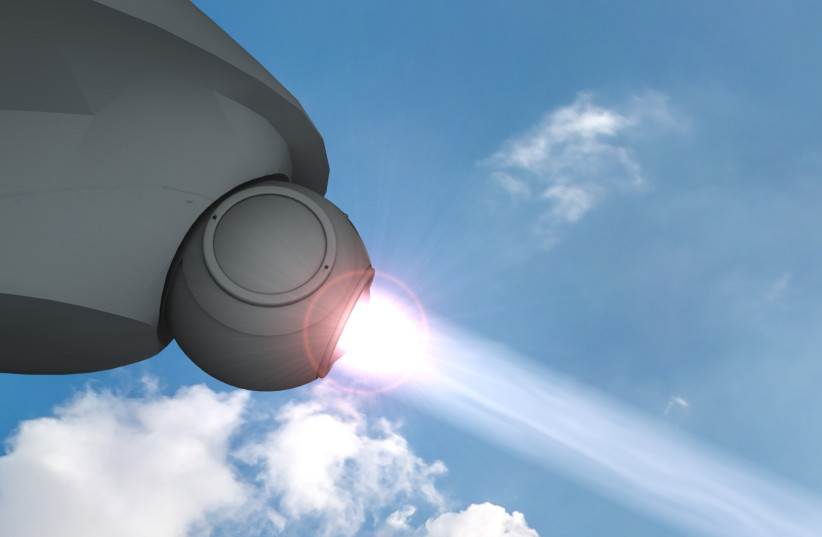Researchers from Israel and Germany have collaborated to develop an array of vertical-cavity lasers to act as one singular laser.
The findings were published in a joint research paper published by Science last Friday. This collaboration had been ongoing since a couple of months into the coronavirus pandemic.
Everyday technology uses Vertical-Cavity Surface-Emitting Lasers (VCSELs), which are present in phones, cars, or data transmission. Scientists have wanted to enhance its power through such devices by combining many VCSELs and forcing them to act as a single coherent laser, but with no success.
However, in this current breakthrough, the team used a topological platform to demonstrate an array of lasers. Now the light is emitted through the surface of a planar chip.
Years ago, Prof. Mordechai Segev of the Technion group demonstrated how light can travel around the edges of a two-dimensional array of waveguides by using the first Phonotic Topological Insulator.

The research group then utilized the concepts of topological photonics with VCSELs that emit light vertically, which results in a strong and powerful laser, proving that it is possible for VCSELs to be an integral component to making an efficient laser.
"It is fascinating to see how science evolves," said Prof. Segev. "We went from fundamental physics concepts to foundational changes therein, and now to real technology that is now being pursued by companies."
"The topological principle of this laser can generally work for all wavelengths and thus a range of materials," explains German project leader Prof. Sebastian Klembt of the University of Würzburg, who is working on light-matter interaction and topological photonics. "Exactly how many microlasers need to be arranged and connected would always depend entirely on the application. We can expand the size of the laser network to a very large size, and in principle it will remain coherent also for large numbers. It is great to see that topology, originally a branch of mathematics, has emerged as a revolutionary new toolbox for controlling, steering and improving laser properties."
